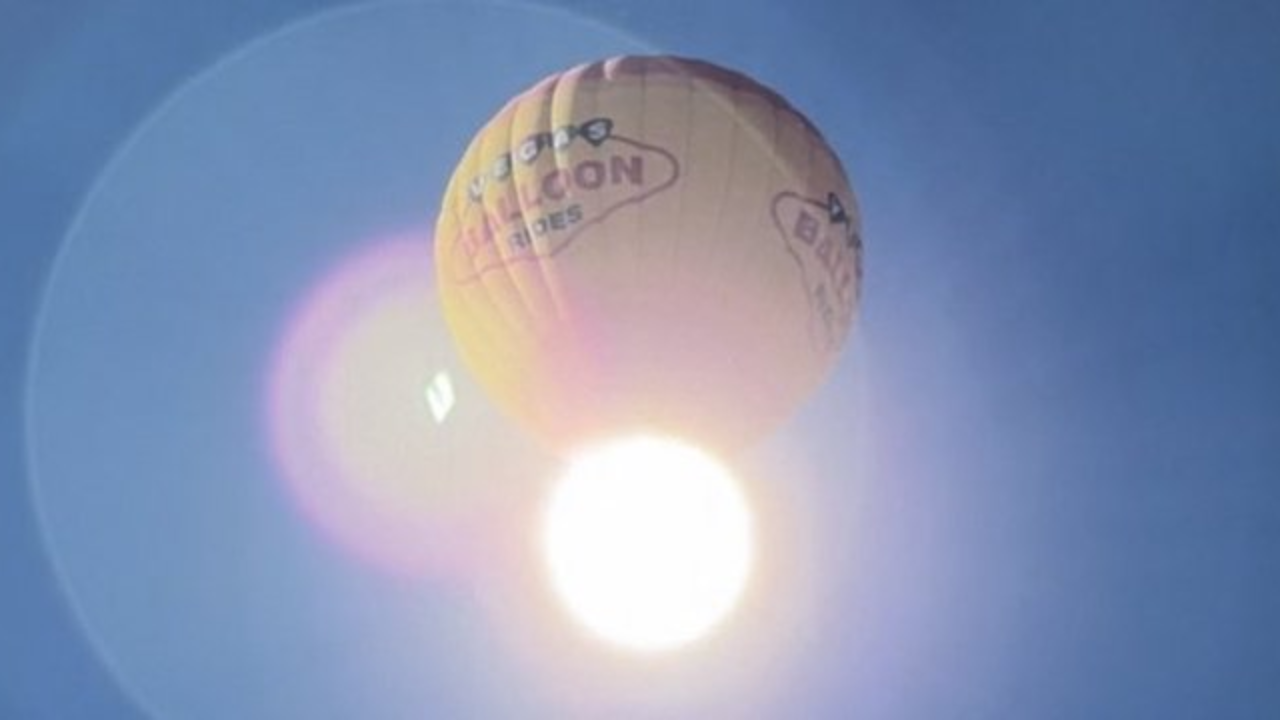Reflect Orbital, a California-based startup, has announced its ambitious plan to transform the global energy landscape by providing sunlight after sunset. The company intends to redirect sunlight onto solar panels on Earth’s surface during the night, effectively “selling sunlight” on demand, regardless of the time.
The visionary behind this project, CEO Ben Nowack, recently presented Reflect Orbital’s plan at the International Conference on Energy from Space held in London in April, Daily mail reported.
“I had an interesting way to solve the real issue with solar power. It’s this unstoppable force. Everybody’s installing so many solar panels everywhere. It’s really a great candidate to power humanity. But sunlight turns off. It’s called nighttime. If you solve that fundamental problem, you fix solar everywhere,” Nowack said in the interview with media outlet Vice.
Nowack’s presentation highlighted the company’s commitment to enhancing the world’s power production capabilities by harnessing the untapped potential of solar energy beyond daylight hours. This remarkable feat was showcased through captivating video footage that demonstrates the potential of this technology to illuminate the night sky with reflected sunlight.
During a conference, Nowack addressed the issue of solar energy availability, saying that,” The problem is that solar energy is not available when we actually want it.” He pointed out that solar farms are unable to generate energy at night. Nowack’s company aims to bridge this gap by selling the valuable energy generated past dark to solar plants, which would then distribute it to households.
Nowack’s plan involves launching 57 small satellites into orbit, each equipped with 33-square-foot ultra reflective mylar mirrors. These mirrors are designed to reflect sunlight back to solar farms on Earth.
The satellites would orbit at an altitude of 370 miles above the Earth’s surface. According to Nowack, they could potentially provide an additional 30 minutes of sunshine to solar power plants during peak demand times, The Deep Dive reported.
Reflect Orbital, a team consisting of seven individuals, decided to put their concept to the test by attaching a mylar mirror measuring eight by eight feet to a hot air balloon. The purpose was to reflect sunlight onto solar panels that they transported to the location using a truck.
Mylar mirrors are unique in that they are constructed without glass, instead utilizing polyester film stretched over a raised an aluminium frame.
Nowack and his co-founder and CTO, Tristan Semmelhack, believe that the cost of space flight has decreased to a point where using satellites for this purpose would not be prohibitively expensive. Instead, they are confident that their venture can be profitable. The team spent several weeks in the field, fine-tuning their process until they finally achieved a significant breakthrough. They eagerly shared their groundbreaking results in a YouTube video that was released in March as per Daily mail.
After much experimentation, the team successfully reflected light from the mirror on the hot air balloon onto the solar panels from a distance of 242 meters (nearly 800 feet). This reflected light generated an impressive output of approximately 500 watts of energy per square meter of panel.
The company’s orbital mirror is scheduled to launch in 2025, and you can “apply for sunlight” in the coming months. With limited availability, over 30,000 applications have reportedly been submitted already.
(This is a top Google Trends story)
The visionary behind this project, CEO Ben Nowack, recently presented Reflect Orbital’s plan at the International Conference on Energy from Space held in London in April, Daily mail reported.
“I had an interesting way to solve the real issue with solar power. It’s this unstoppable force. Everybody’s installing so many solar panels everywhere. It’s really a great candidate to power humanity. But sunlight turns off. It’s called nighttime. If you solve that fundamental problem, you fix solar everywhere,” Nowack said in the interview with media outlet Vice.
Nowack’s presentation highlighted the company’s commitment to enhancing the world’s power production capabilities by harnessing the untapped potential of solar energy beyond daylight hours. This remarkable feat was showcased through captivating video footage that demonstrates the potential of this technology to illuminate the night sky with reflected sunlight.
During a conference, Nowack addressed the issue of solar energy availability, saying that,” The problem is that solar energy is not available when we actually want it.” He pointed out that solar farms are unable to generate energy at night. Nowack’s company aims to bridge this gap by selling the valuable energy generated past dark to solar plants, which would then distribute it to households.
Nowack’s plan involves launching 57 small satellites into orbit, each equipped with 33-square-foot ultra reflective mylar mirrors. These mirrors are designed to reflect sunlight back to solar farms on Earth.
The satellites would orbit at an altitude of 370 miles above the Earth’s surface. According to Nowack, they could potentially provide an additional 30 minutes of sunshine to solar power plants during peak demand times, The Deep Dive reported.
Reflect Orbital, a team consisting of seven individuals, decided to put their concept to the test by attaching a mylar mirror measuring eight by eight feet to a hot air balloon. The purpose was to reflect sunlight onto solar panels that they transported to the location using a truck.
Mylar mirrors are unique in that they are constructed without glass, instead utilizing polyester film stretched over a raised an aluminium frame.
Nowack and his co-founder and CTO, Tristan Semmelhack, believe that the cost of space flight has decreased to a point where using satellites for this purpose would not be prohibitively expensive. Instead, they are confident that their venture can be profitable. The team spent several weeks in the field, fine-tuning their process until they finally achieved a significant breakthrough. They eagerly shared their groundbreaking results in a YouTube video that was released in March as per Daily mail.
After much experimentation, the team successfully reflected light from the mirror on the hot air balloon onto the solar panels from a distance of 242 meters (nearly 800 feet). This reflected light generated an impressive output of approximately 500 watts of energy per square meter of panel.
The company’s orbital mirror is scheduled to launch in 2025, and you can “apply for sunlight” in the coming months. With limited availability, over 30,000 applications have reportedly been submitted already.
(This is a top Google Trends story)
Source : Times of India









